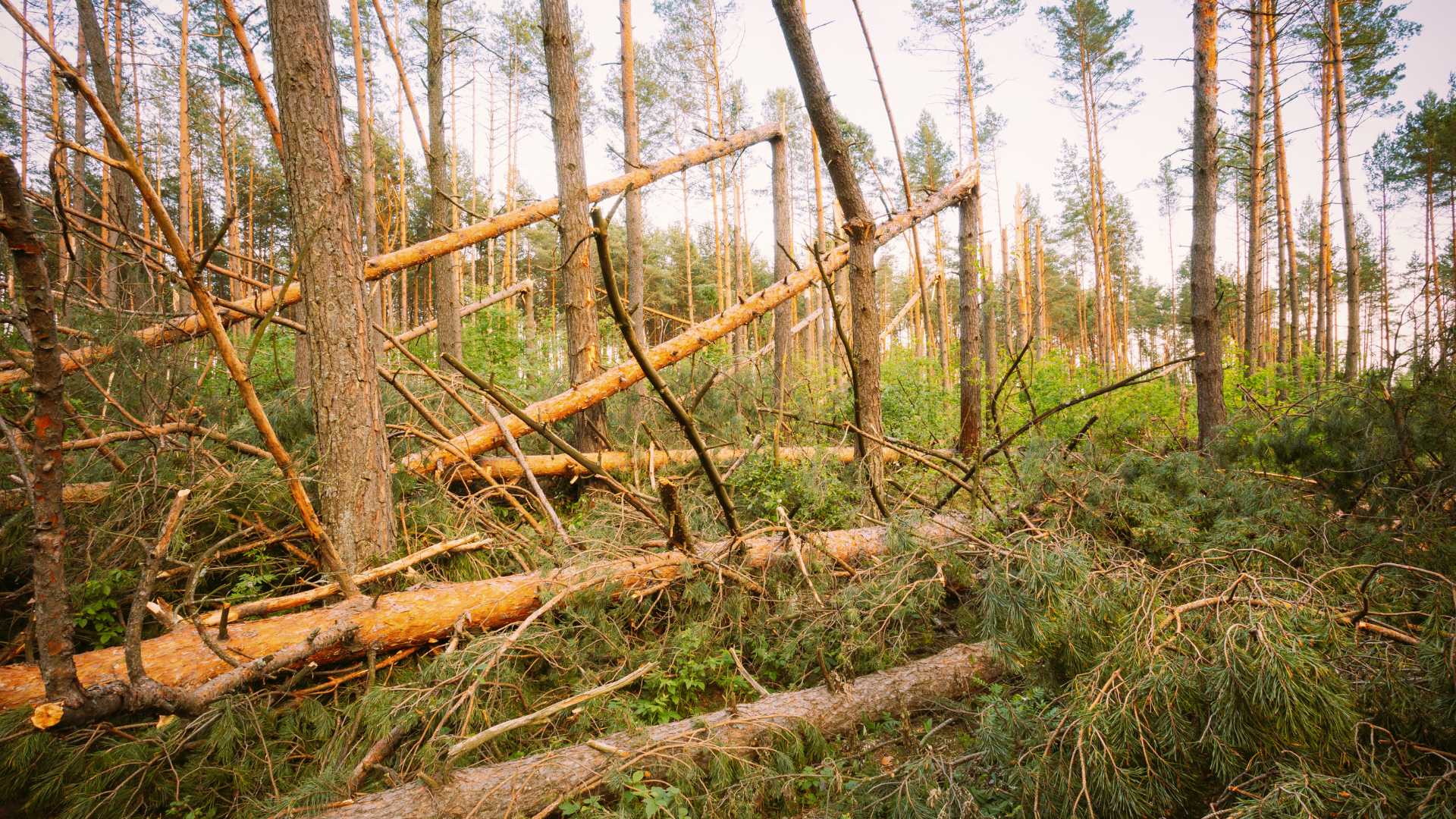
Shoreline Plants Boost Carbon Storage in Ireland’s Lakes

New research shows Ireland’s lakes may be more important carbon sinks than previously thought, thanks to the dense vegetation along their shorelines.
A study led by Uppsala University in Sweden highlights the crucial role of littoral zones, the areas where water meets land, in storing carbon and calls for their inclusion in national and global carbon accounting.
Littoral zones are home to fast-growing aquatic plants that absorb significant amounts of carbon dioxide from the atmosphere. Much of this carbon is then trapped in the sediments around lake shores. Globally, lake shorelines stretch to lengths four times greater than ocean coastlines, yet their contribution to carbon storage has been largely overlooked until now.
The study used existing data and models to include littoral vegetation in calculations of lake carbon budgets for the first time. The findings show that when these zones are accounted for, lakes shift from being net carbon sources to net carbon sinks. This means more carbon is stored annually in lake sediments than is released into the atmosphere.

While the research marks a major step forward, scientists warn that further data is needed. Key areas for improvement include better mapping of vegetated shoreline areas, more detailed measurements of carbon exchange between plants, sediments, water, and air, and understanding seasonal and regional differences.
The authors suggest that protecting and restoring lake littoral zones could benefit Ireland’s environment by enhancing carbon storage, improving water quality, and supporting biodiversity. With Ireland’s many lakes and waterways, these findings offer important insights for future environmental management and climate strategies.
Share this WeathÉire story:







